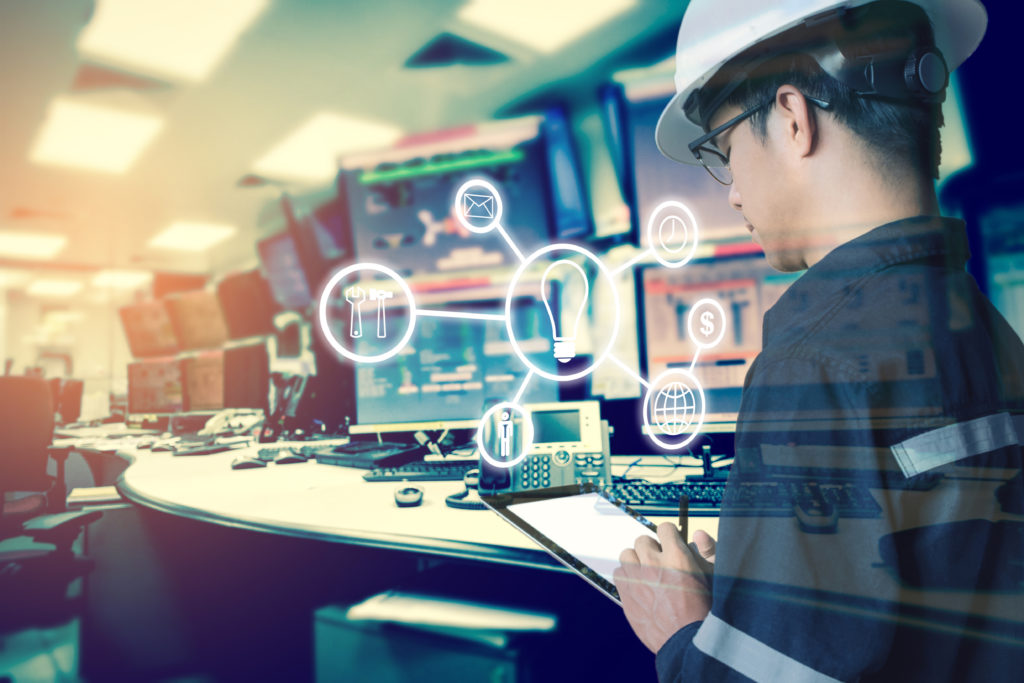Picture being a field technician out on a maintenance job.
Let’s say you’re an engine repair technician, and upon opening the hood you find yourself unsure of exactly which steps you need to follow.
The increase in field service and complexity with connected machinery with the advent of the information age and the Internet of things (IoT) phenomena, has left a fairly large gap in service offerings. Enter Artificial Intelligence (AI) and Augmented reality (AR) as it intersects with the field service industry to illustrate immense benefits and opportunities for this technology.
Augmented Reality is has become a technology with tremendous potential and future applications across almost all industries. The global market for augmented reality is estimated to increase from a total value of $3.5 billion in 2017 to a forecast of $200 billion by 2025 (Liu, 2019). This is an average expected growth of 75% (Voigt, 2019).

For a technician, they can typically spend from hours to days identifying the root cause of a trouble, conducting a diagnosis, and finally rectifying the fault. Augmented reality enables a technician, or a less experienced user, to analyze the machine at a faster rate within the virtual environment. As seen in Figure 1 above, all components, as well as walkthroughs, are displayed either on a tablet or through a headset.
The advances in AR will help service technicians quickly execute repairs on-site, consult with their managers, access relevant information, and accelerate field service. In addition to the operational efficiencies and cost savings, the augmented worker can be confident that they are working more safely and effectively.
There is a real opportunity to create sustainable value in this space. Granting workers the ability to consume information and apply knowledge in real-time increases engagement and improves the human-centric workforce environment (Augmentir, 2019).
Where will Enterprise Augmented Reality go next?


